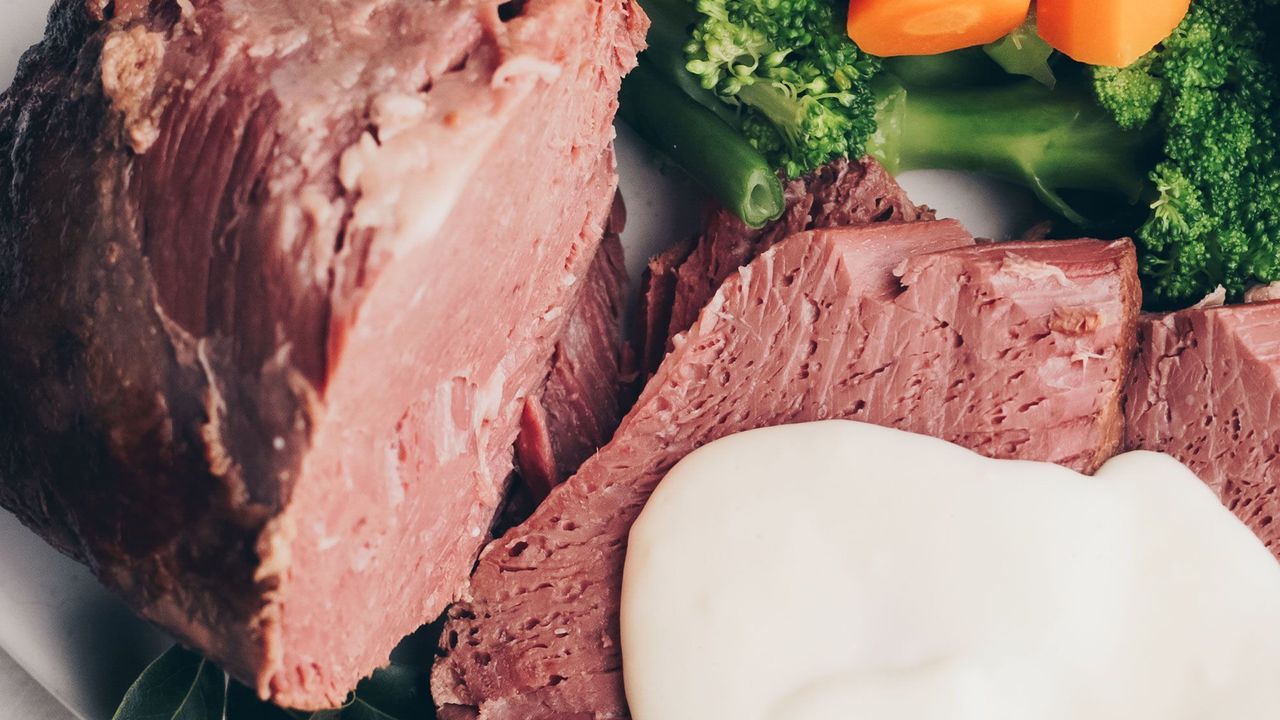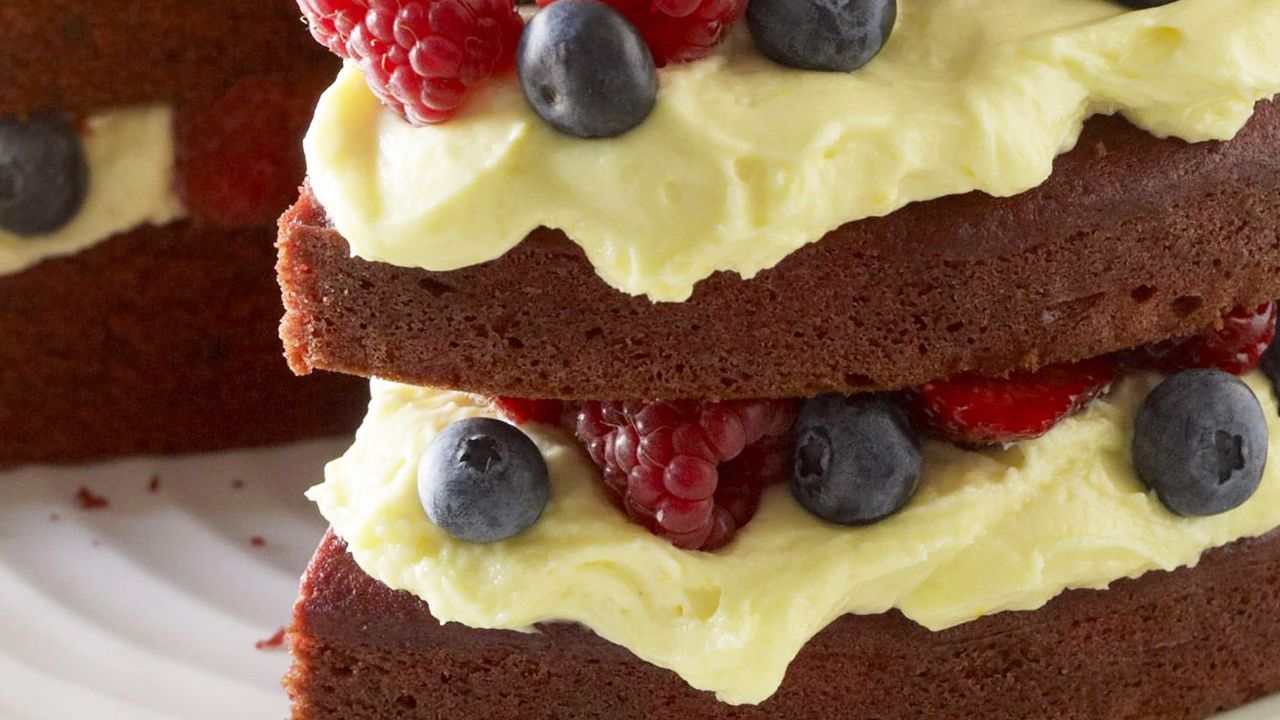How to make perfect pasta: 9 ways to cook pasta properly
Pasta is a quick and easy meal option but it doesn’t always turn out. Here are some pasta-cooking mistakes you’re probably making — and Taste reveals how to fix them.
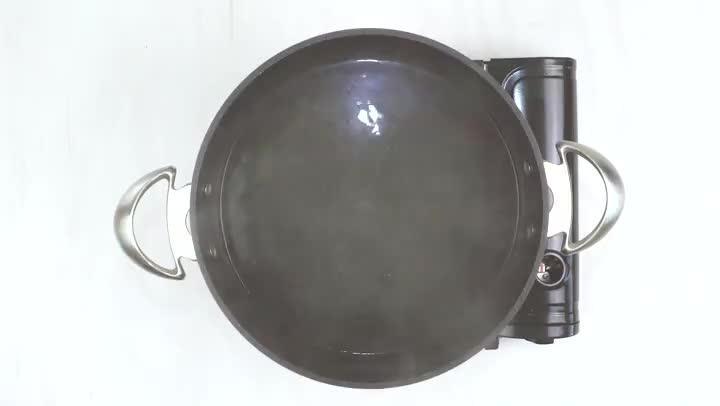
Pasta: it’s the easy no-fail meal, right? Not always.
From going too soft and gluggy to over-saucing your dish, taste.com.au helps you discover the pasta-cooking mistakes you’re probably making – and how to fix them for the perfect result.
You misjudged the water to pasta ratio
First up, it’s very important to cook the pasta in lots of salted boiling water and a pan big enough to accommodate it.
Pasta needs a lot of room as it expands while cooking, otherwise it may stick together. Stir the pasta once you add it to the boiling water to prevent it clumping and so it cooks evenly.
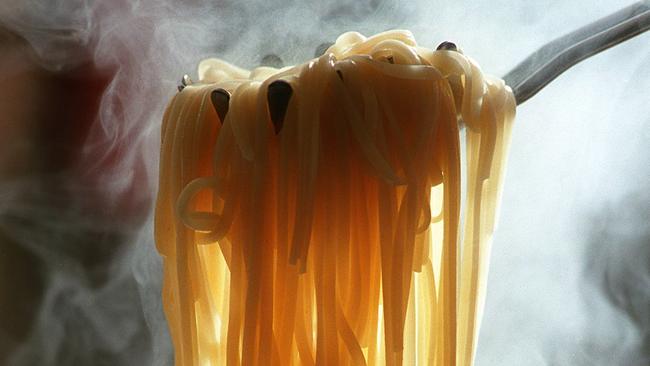
You washed off the flavour
Don’t rinse pasta after cooking as you’ll wash off the starch that helps the sauce cling to the pasta. You’ll also wash away the pasta flavour.
Your pasta’s too slippy
Despite what many people think, it isn’t necessary to add olive oil to the pasta water as it doesn’t stop pasta sticking together.
Doing this only leaves an oily film on the pasta once drained and prevents sauces from clinging to it.
Your pasta bake went gluggy
Is the pasta in your pasta bake too soft? Remember: when cooking pasta for a bake undercook it by a couple of minutes as it will continue cooking in the oven.
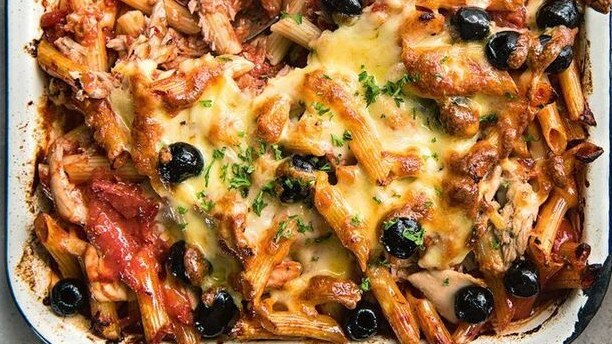
You poured the pasta water down the sink
It’s very easy to get it wrong with pasta water. First up, salt is essential to add flavour and should be added when the water is coming to the boil.
When cooked, reserve a little pasta water after draining: it’s a great way of thinning a sauce and adding a boost of flavour without adding extra salt.
Your sauce doesn’t match the pasta
Believe us, spending a little time choosing the right type of pasta for your sauce makes a huge difference.
Obviously bolognese goes well with spaghetti as the sauce coats each strand of pasta.
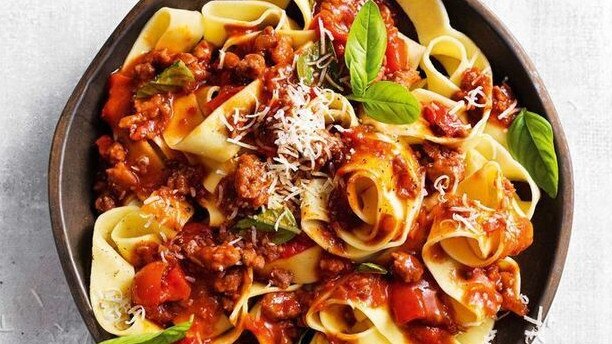
Spaghetti, linguine and fettuccine also work well with creamy sauces.
Short, tubular pasta suits chunky vegetable sauces. Wide ribbons of pasta (such as pappardelle) and pasta with ridges (such a rigatoni) pair perfectly with a meaty ragu.
You overshot the cooking time
Cooking perfectly al dente pasta is a balancing act. It should be cooked through but still have a slight firmness to it.
Check the pasta about a minute before the packet cooking time is up. It should be chewy and have a uniform colour. Overcooked pasta becomes mushy.
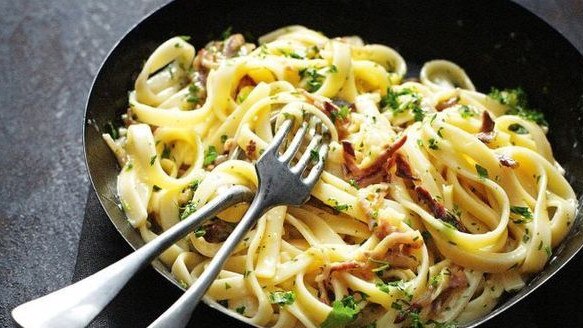
You made an egg-onara
Does the smooth and creamy carbonara sauce you hoped for actually resemble scrambled eggs? This all comes down to the heat when adding the eggs.
Too hot and it may cook the eggs, but at the same time you need enough heat to thicken the egg and melt the cheese. See Taste’s video for how to get it just right.
It’s swimming in sauce
A little sauce goes a long way. The Italians like their sauce to coat the pasta but not smother it.
Cooking your pasta sauce in a frying pan that’s large enough to toss the drained pasta and sauce in is a great way to check how much should be added.
For more recipe ideas, go to taste.com.au or check out the Taste Test Kitchen now.
Originally published as How to make perfect pasta: 9 ways to cook pasta properly

